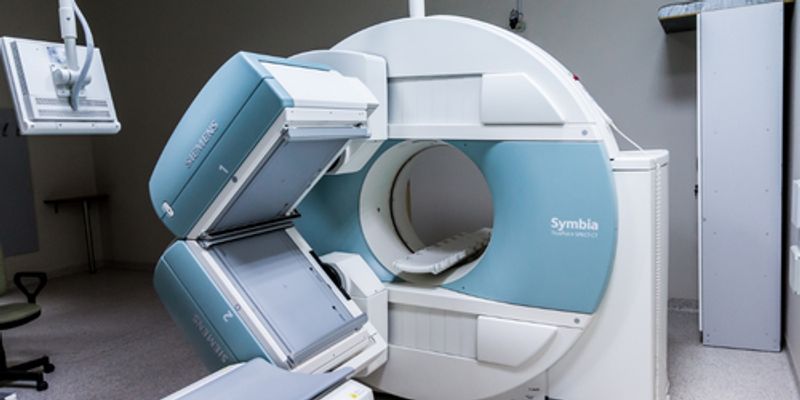Metabolic imaging
Metabolic imaging observes changes in metabolic pathways to help detect medical conditions. In addition to diagnosis, metabolic imaging can be used to evaluate therapeutic response to assist in treatment management. Metabolic imaging can be done with a variety of non-invasive techniques including positron emission tomography (PET) scans and magnetic resonance imaging (MRI).
-
MAY 16, 2019 | 4:00 PMDATE: May 16, 2019TIME: 7:00am PDT, 10:00am EDT, 4:00pm CEST The emergence of NGS is revolutionizing the microbiological sciences and transforming medicine. Deep sequencing has...APR 17, 2019 | 9:00 AMDATE: April 17, 2019TIME: 9:00am PDT...Whole food plant-based diets and medical cannabis have shared and continues to share similar levels of scrutiny, doubt, and stigma by the traditional medical community. One reason for the med...
Cellular research is optimal when using physiologically-relevant cell phenotypes and genotypes of human origin. This assertion has accelerated the adoption of primary cells, stem cells, and i...
The main problem for insufficient cervical cancer screening globally (less than 20% women at risk) is outreach failure. Enabling POCs with modern IT/mobile technology and connecting them with...
Speaker:
Olivera Markovic, MD, PhD
NOV 15, 2018 | 8:00 AM
DATE: November 15, 2018TIME: 11:00am EST, 5:00pm CET Applications of micro-CT technology in endodontics Abstract ...
NOV 15, 2018 | 4:00 AM
Development of physiologically relevant cellular models, with strong translatability to human pathophysiology, is critical for identification and validation of novel therapeutic targets. Cell...
NOV 15, 2018 | 1:00 AM
DATE: November 15, 2018TIME: 10:00am CET, 5:00pm CST Applications of micro-CT technology in endodontics Abstract Microcomputed tomography (mic...
NOV 01, 2018 | 12:00 AM
During this webcast Dr. Mayumi Fujita of the National Institutes for Quantum and Radiological Science and Technology in Japan will address the method of real-time imaging of invading cells us...
As the most common female malignancy, breast cancer is the most likely reason that a woman will die of cancer around the world. Breast cancer mortality has dropped in the U.S. by 35% since 19...
Speaker:
Benjamin Anderson, MD
Lung cancer is the leading cause of cancer-related mortality worldwide. Large-scale sequencing studies have revealed the complex genomic landscape of NSCLC and genomic differences between lun...
Speaker:
Nicholas McGranahan, PhD
Two projects looking at novel approaches to targeting inflammatory breast cancer will be presented. Inflammatory breast cancer (IBC) is a unique, understudied, and most lethal subtype account...
Speaker:
Kevin Williams, PhD
Antibodies are extremely valuable and ubiquitous tools in life science research, but in spite of their widespread use in immunoassays over the past several decades, there is still a lack of u...
Speaker:
Chandra Mohan, PhD
The oncogenic transcription factor c-MYC (MYC) is deregulated, and often overexpressed, in more than 50% of cancers. MYC deregulation is associated with poor prognosis and aggressive disease,...
Speaker:
Jason De Melo, PhD
























